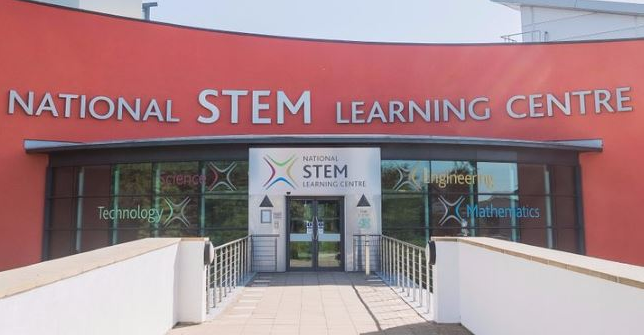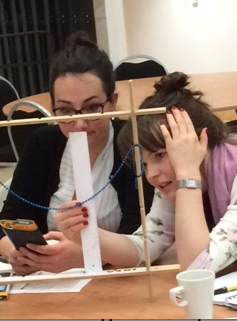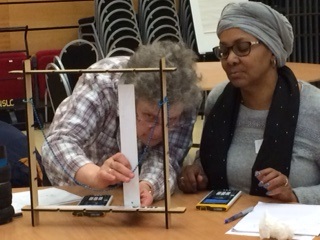STEM, Maths scholars and events

Although the early start (a 7am train from King’s Cross), and the orienteering exercise required to find the National STEM Learning centre (beware the inaccurate postcode when using satnav!) might imply that this CPD event was too much trouble, nothing could be further from the truth. Both the morning and afternoon sessions were fun, thought-provoking, and of great benefit to any trainee maths teacher.

Entering the somewhat cavernous lecture theatre, after the obligatory coffee & snacks, we were met by a reincarnation of Isambard Kingdom Brunel (played by Peter Ransom, resplendent in period costume) who, somewhat anachronistically, used graphical calculators from Texas Instruments to illustrate some of the finer details of bridge design. The main activity included aspects of history and science, as well as a detailed investigation of quadratic curves and graph transformations. Of particular interest was the ‘change one aspect of …’ concept: given a curve, change one aspect of it so that it has a particular line of symmetry, or is narrower, etc. Aside from the bridge investigation, the calculator familiarisation activity required us to work out how a simple picture on a whiteboard would transform when rotated through 180 degrees to face Mr Brunel. We then had to draw the new picture on the calculators. Using the simultaneous screen-casting feature, we were able to see who had strong mental geometry skills, and who needed another cup of coffee to get going…

After an exceedingly generous lunch (courtesy of absent friends), during which we had an opportunity to browse the comprehensive library of physical resources (aka fun items) which the STEM Learning centre hosts, we returned to the afternoon session.

This was hosted by Michael Anderson (from the STEM Learning centre) who led a discussion on the nature of problem solving in mathematics, accompanied by demonstrations of a variety of problem solving resources, including geometric problems, counter-intuitive sequences, and a surprising indices question. His philosophy is that every resource can be a good resource, if re-ordered correctly. This was demonstrated elegantly with reference to some exemplar questions from the new GCSE specification. If nothing else, I will be enthusiastically ‘borrowing’ his definition of problem solving (knowing what to do when you don’t know what to do) for use in future lessons.
Overall, this event was unanimously enjoyed (by the small but select audience), and we all left with a variety of fresh ideas with which to bring our teaching to life.
Benjamin Eastley is a Maths Scholar. If you would like to join the scheme then why not apply today? Check out all the Maths Scholar FAQs to help you make a decision that will transform your life and your career.